Best floor pumps for bikes – bike pumps to get your tires ready to ride
A floor pump is the best bike pump for pre-ride tire inflation - here are our picks
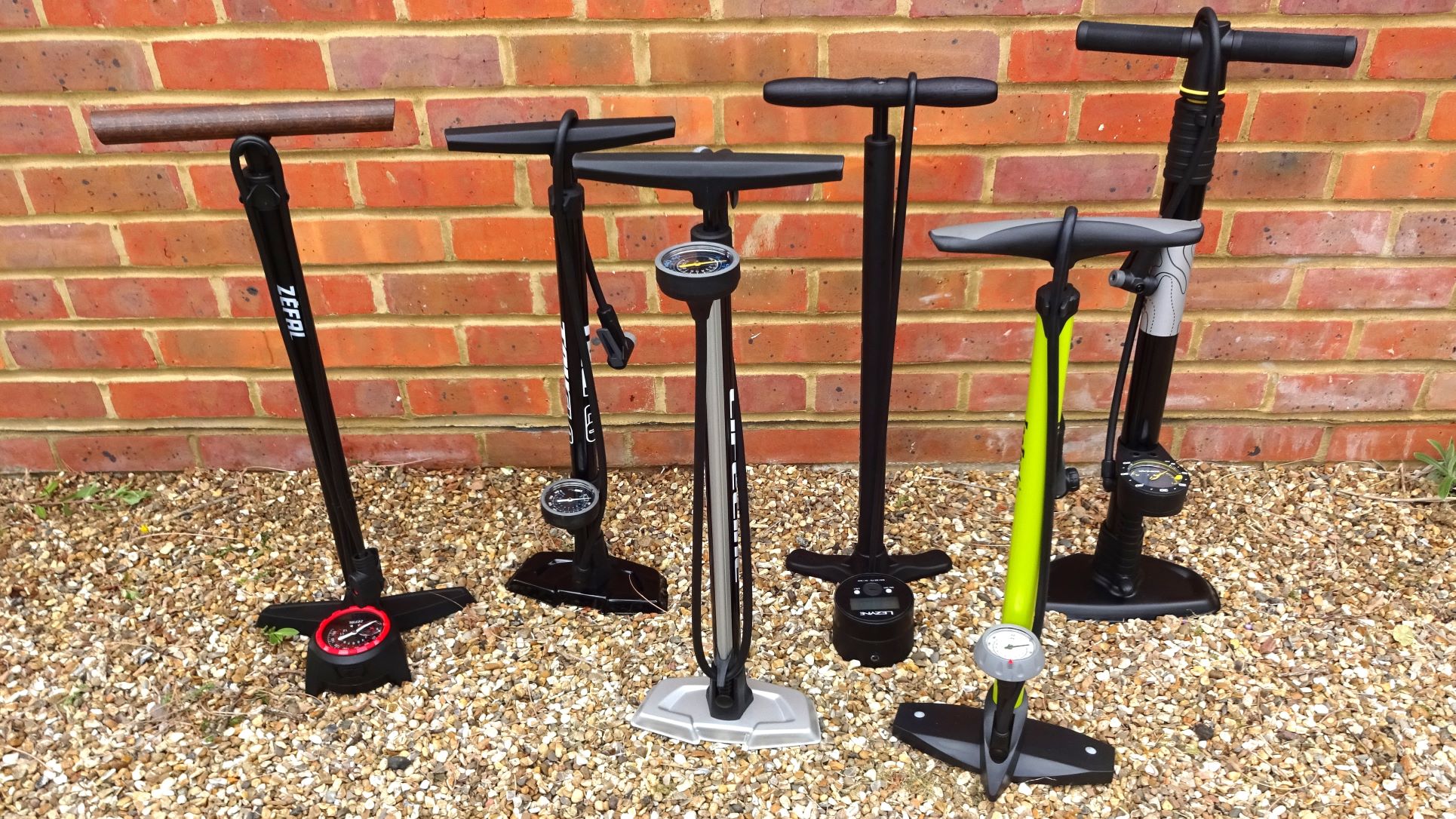
The best floor pump for bikes is also widely referred to as a track pump. It will get your tires up to pressure quickly and with minimum effort. Save your pocketable bike pump (which should be in your armory, too) for emergencies out on the trail.
A floor pump will have a much higher volume than even the best mountain bike pumps that you can carry with you and its longer barrel and connecting hose mean that you won't be bent double over your wheels, so getting set up will be a whole lot easier than starting your ride with a burst of pumping from a minipump.
Pretty much every floor pump out there will have a pressure gauge on it too, so you can dial in exactly the right mountain bike tire pressure for the type of riding you're into, without needing to use a separate pressure gauge like the Topeak Smart Gauge.
Some gauges are easier to read than others. That's something that we've assessed when compiling this guide to the best bike floor pumps, along with other features that make for improved ease of use.
For information on Bike Perfect's testing procedures and how our scoring system works, see our how we test page.
You don't have to pay a fortune to get one of the best floor pumps either and we've got some budget options here. But pay a bit more and you'll get some useful added features, that we've outlined in each review.
If you want to know what to look out for in a bike pump, check out our extra info for buyer's at the bottom of this page. Otherwise, read on for our selection of the best floor pumps for bikes.
And if you're looking for some stuff to pump up, once you've finished with this article, you might like to have a gander at our guides to the best MTB trail tires and best XC tires.
Best floor pumps for bikes: tire inflation for MTBs and gravel bikes
Why trust BikePerfect
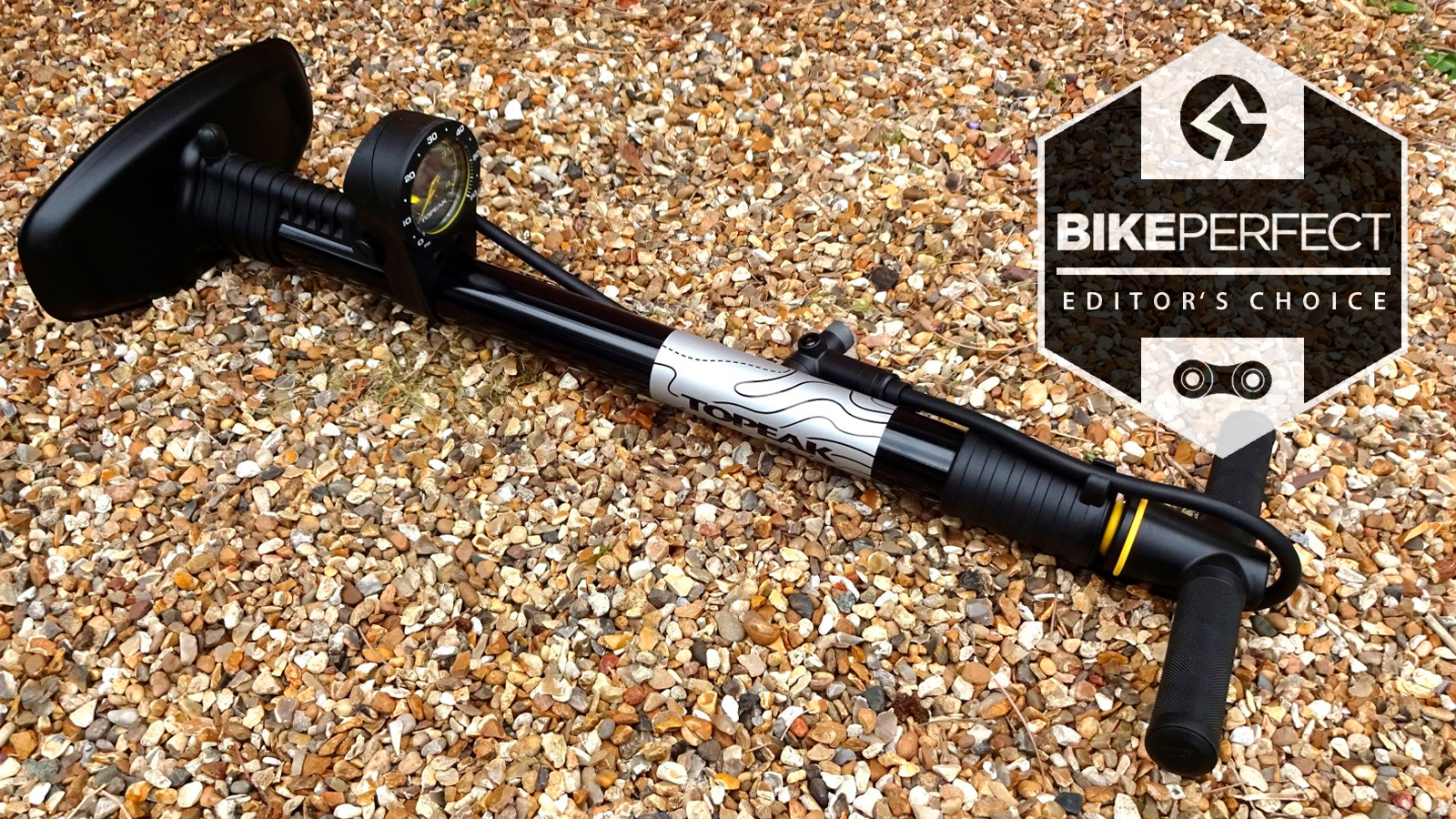
Specifications
Reasons to buy
Reasons to avoid
Although, in general, we reckon that any of the best floor pumps for bikes will get you going without too much effort, the Topeak JoeBlow Mountain X makes things that much easier. It's got an extra wide barrel that Topeak says will get you inflated up to 50 percent faster than a standard pump. With 722ml volume per stroke it should double up well for tubeless tire seating if you want to avoid buying a reservoir pump.
Although the hose isn't as long as some at 81cm, it pivots on the pump body from 20cm above the floor making it that much easier to reach your valve. There's a twin head Presta/Schrader adapter with a sturdy plastic lockout lever that keeps it in place well.
At just over 5cm diameter, Topeak's gauge isn't the largest but it's sited 22cm off the ground and has very clear markings, so it's easy to read. It's a nice pump to use too with grippy file pattern plastic grips on the metal handle that won't feel uncomfortable however hard you're pumping.
Not that you're going to need to put a lot of effort in with the large inflation volume. The 60psi max pressure should be enough for gravel and the new normal for roadies too, unless you know someone who's still riding 20mm tires at 160psi.
For more info, take a look at our standalone review of the Topeak JoeBlow Mountain X floor pump.
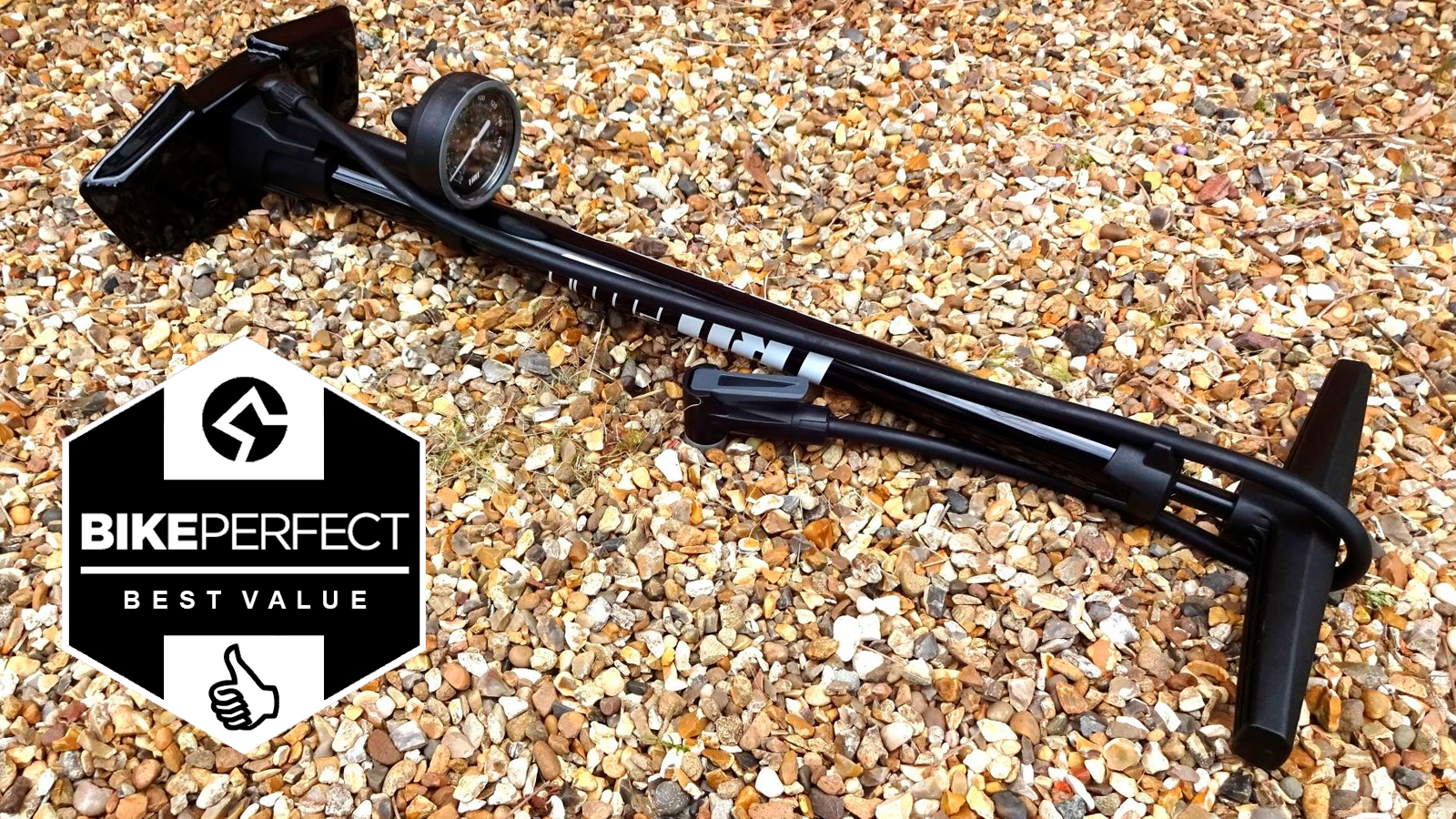
Specifications
Reasons to buy
Reasons to avoid
With similar design features to the LifeLine pump - its base plate even looks identical - the Truflo pump again has an all-steel construction. It differs from the LifeLine pump in the positioning of its gauge and its pump head though.
With the gauge near the base of the pump, it's a bit less easy to read than the LifeLine, but you still get a clear scale with 2.5psi gradations for accurate inflation. The locking auto select head has a single aperture that will work with both Presta and Schrader valves making it a good bet if you have bikes with both valve types.
At 92cm long, the Truflo Easitrax 4's hose is adequately long and the plastic handle is comparable in size to that of the LifeLine pump. It's another pump that will get you out and riding without spending extra for the frills.
For more info, check out our full review of the Truflo Easitrax 4.
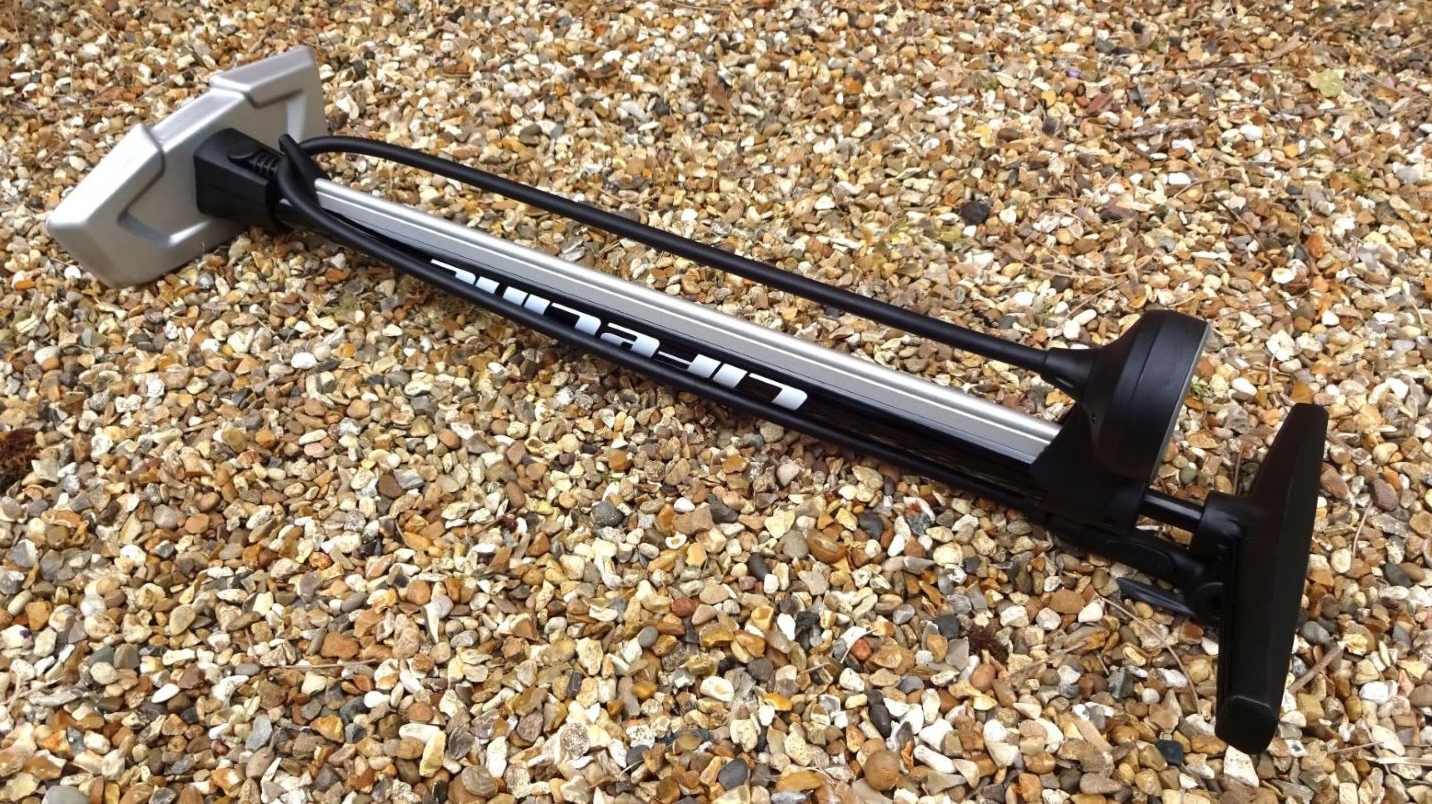
LifeLine Performance Big Dial
Specifications
Reasons to buy
Reasons to avoid
Proving that you don't need to spend a lot to get a well-featured pump, the LifeLine Performance Big Dial pump, sold by Chain Reaction and Wiggle, is one of several we've tested that does the job well without breaking the bank.
As its name says, this pump has a decent sized 6cm diameter dial. It's well placed too, at the top of the pump barrel, so it's easy to read its 2psi gradation markings. Lifeline also gives you a locking Presta/Schrader double-sided head at the end of a meter-long hose so it's easy to reach your valves.
The all-steel barrel and base construction should be durable, although along with the other budget pumps tested, the rectangular base shape means that the pump isn't quite as stable as a pump on a tripod base. The plastic handle is a bit narrower than those on the Topeak and Lezyne pumps, too.
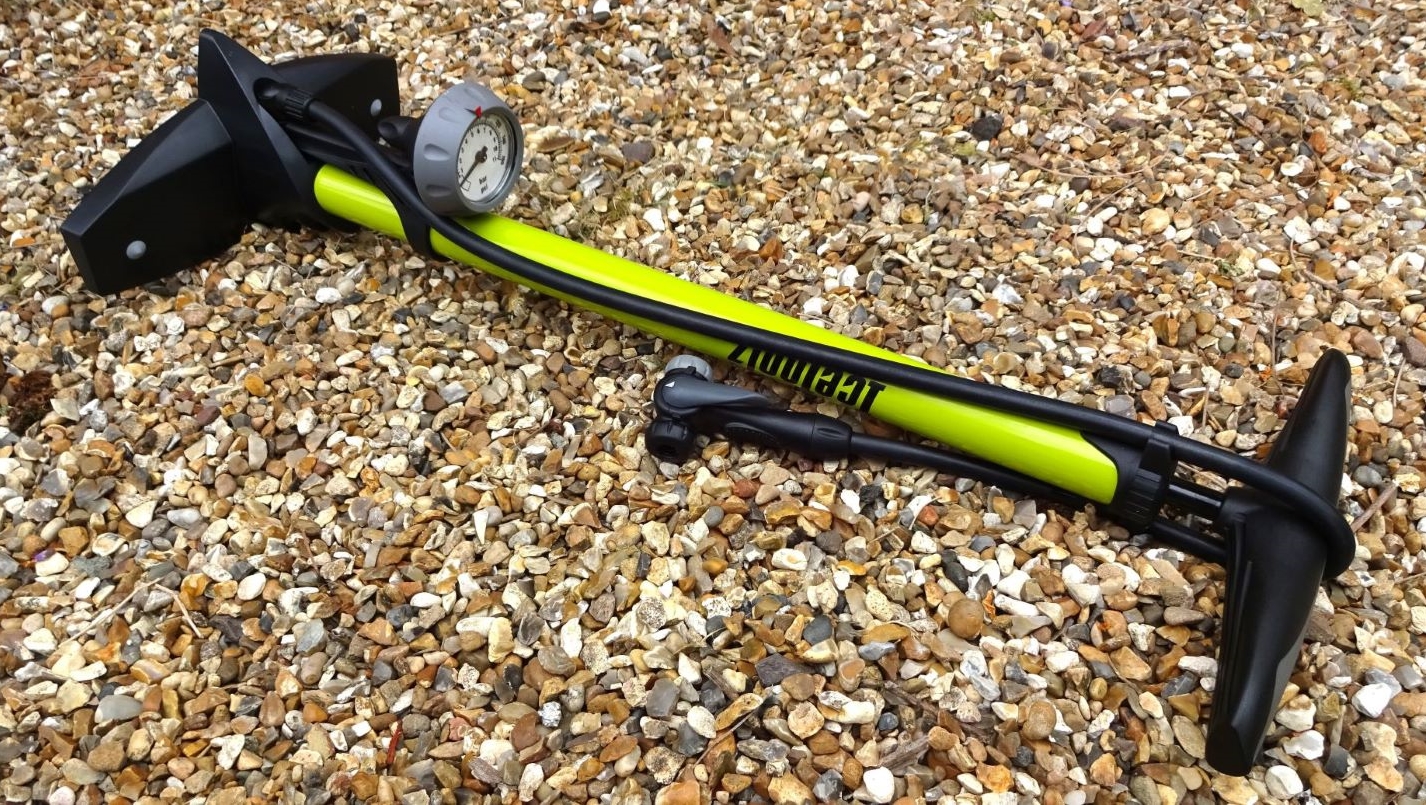
Icetoolz Sport
Specifications
Reasons to buy
Reasons to avoid
A bit more compact than the other best floor pumps here, the Icetoolz Sport pump measures 62cm high with a steel barrel and composite handle and base. The base has a protrusion forward that makes it a bit more stable than the LifeLine and Truflo pumps and its ramped feet with grey raised rubber shoe grippers make it easy to ensure a secure foothold.
At 4.5cm across, the Icetoolz's gauge is a bit smaller than the other pumps here and like the Truflo's it's sited some distance down the barrel, although its clear gradations mean that it's not too difficult to read.
You get a two-sided Presta/Schrader head with a locking lever and an adequately long 85cm hose, while the ergonomically shaped handle makes the Icetoolz Sport pump easy to use. Its relatively compact dimensions make this a pump that would be a good option to take with you for quick inflation once you reach the trailhead.
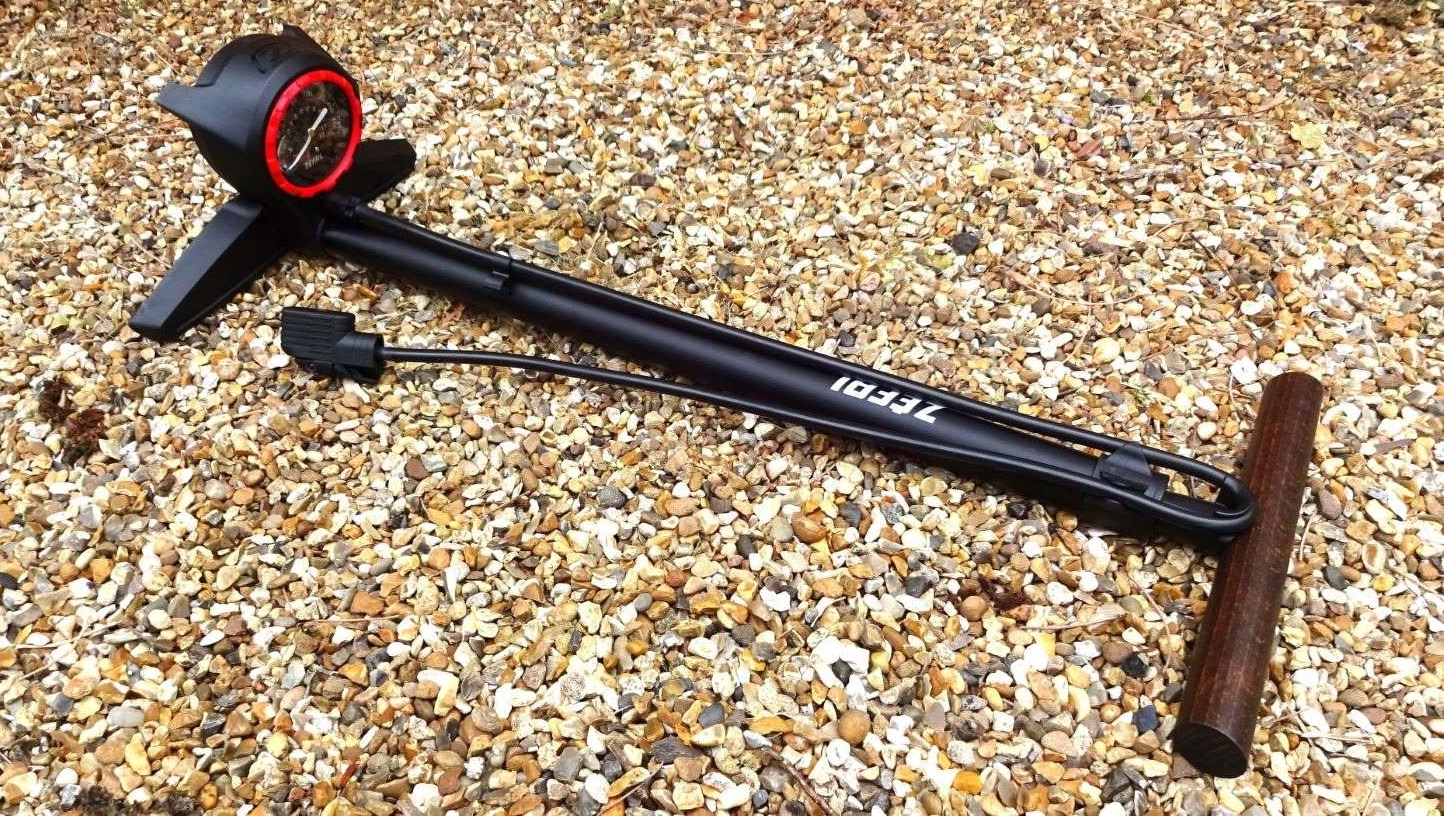
Zefal Profil Max FP60
Specifications
Reasons to buy
Reasons to avoid
The standout feature of the Zefal Profil Max is its oversize 7cm diameter gauge. Even though it's positioned in the base of the pump, its readability is enhanced by a magnifying window built into the plastic lens, so you can get a very precise view of the pointer and it's easy to dial in tire pressure down to the closest psi.
The pump uses Zefal's neat, compact locking head with a sliding Presta/Schrader adapter, making for quick changes between valve type. The hose is a good length to reach valves even when you've got your bike in a stand for cleaning and the wooden handle is wide, round and comfortable to use.
The Zefal sits on a three legged plastic base that's sturdy and there's no reason to believe that it will be any less durable than the more usual metal base. But the two backward facing legs aren't positioned quite far enough to the rear, making the pump a little bit less stable than others tested.
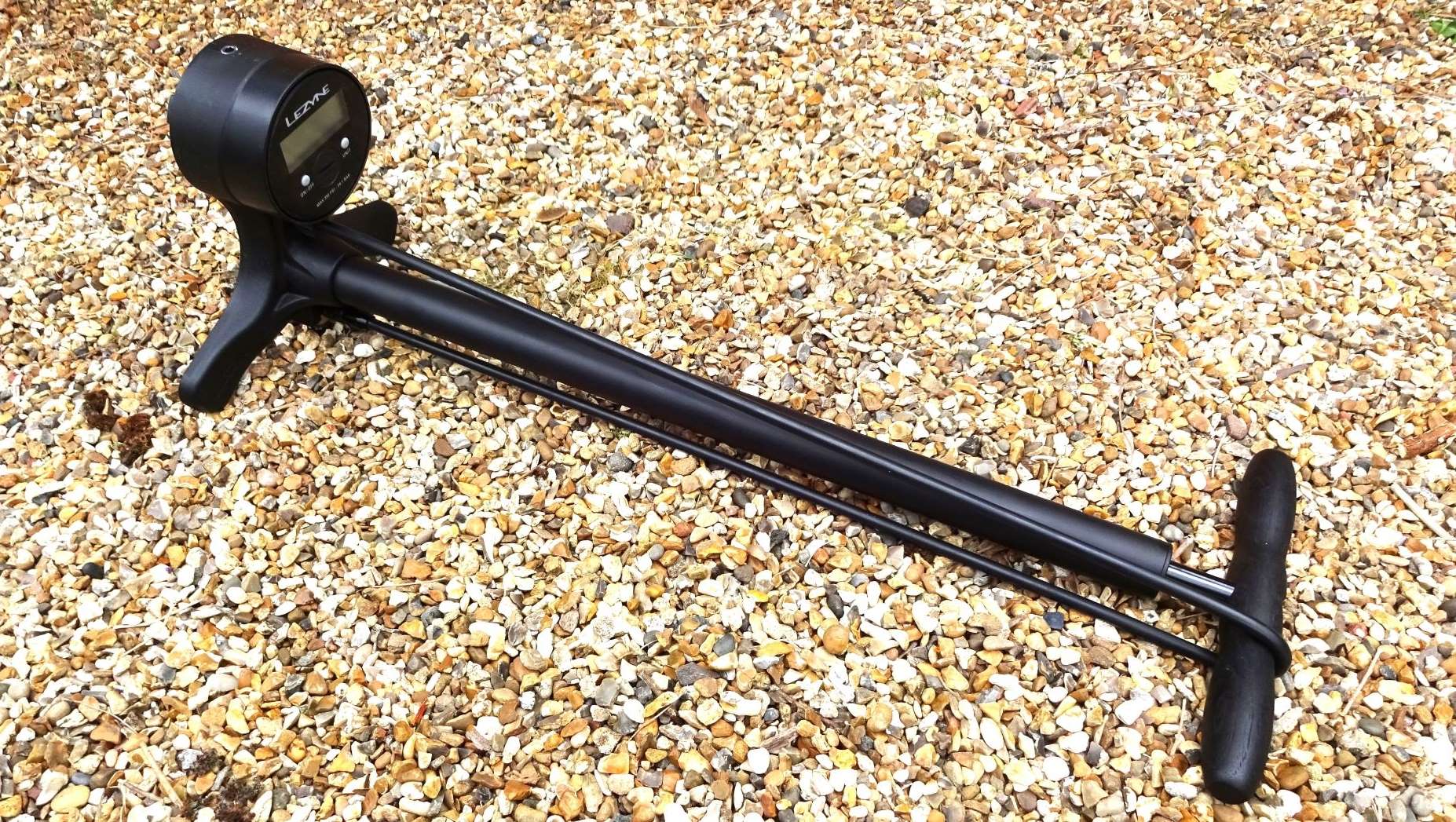
Lezyne Gravel Digital Drive
Specifications
Reasons to buy
Reasons to avoid
Like Topeak, Lezyne has an extensive range of pumps. Most are discipline-agnostic but its range of three gravel drive pumps is tailored to gravel riders and, by extension, a good bet for the mountain biker. With 100psi max pressure it should satisfy most roadies too.
We've previously tested the analog Lezyne Sport Gravel Floor Drive, but this version gets a digital readout that's outstandingly easy to read, with a much larger display than Lezyne's original line of digital pumps. The display reads down to the nearest psi too, so you can be confident that you've got the pressure dialed in exactly. It's powered by a standard CR2032 coin cell.
The extra long 125cm hose has Lezyne's Tubeless Chuck head with a screw-in Presta adapter that will screw onto the valve core or can be flipped to screw onto the valve stem for tubeless seating. Remove it entirely and you can deal with Schrader valves. It's not quite as easy to use or as intuitive as a levered chuck head, but does ensure a really firm connection to the valve, although we have loosened valve cores accidentally when unscrewing it.
Although it's not quite as wide as Topeak's barrel, Lezyne says that the Lezyne Gravel Digital Drive's barrel is wider than its standard pumps for higher inflation volume. The pump feels really well built too with a wide, stable base and a shaped wooden handle that's comfortable to use. The barrel on the Gravel Digital Drive is steel and the base composite, but Lezyne also sells the Gravel Digital Drive Pro with an alloy barrel and base.
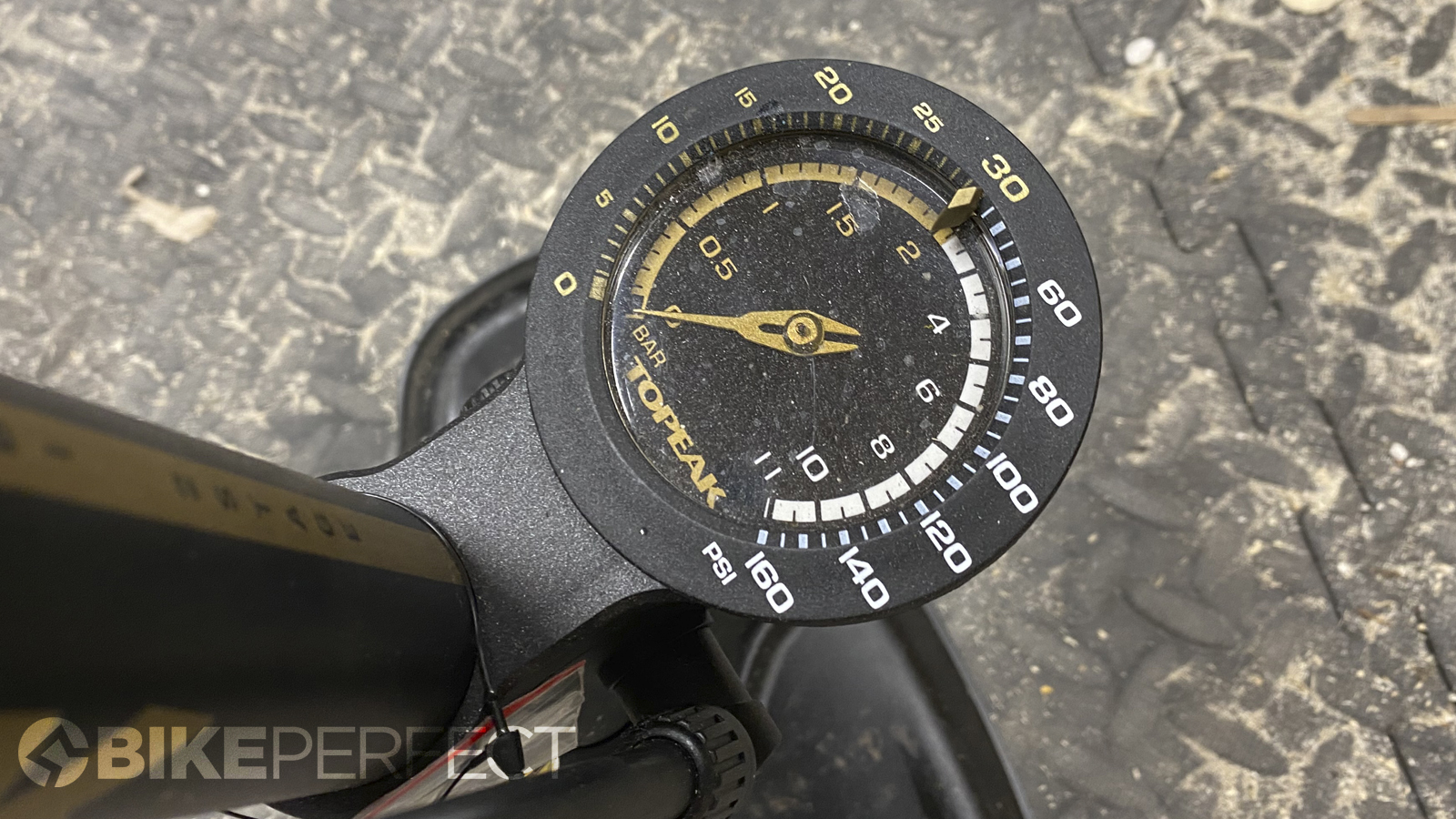
Specifications
Reasons to buy
Reasons to avoid
We haven't talked much about tubeless tire set-up here. That usually requires a reservoir pump where you pressurize a chamber in the pump to release a rush of air to seat the tire. Oftentimes reservoir pumps aren't the best for day-to-day tire inflation though as the reservoir makes for poor performance once your tire is seated and you just want to get it up to pressure before you ride.
But the Topeak Joe Blow Tubi 2Stage manages to make tubeless tire set-up easy while still giving you a pump that you can use everyday too. And it's got a really neat trick where it will remove the valve core to make tubeless tire seating easier.
The 2Stage design means that the pump will inflate quickly, moving high volumes, up to 30 or 40psi. You can then flip the switch on the top of the barrel to keep going to higher pressures. For MTB and gravel bike use, you're not going to care about the 100psi-plus capability though.
Read our full review of the Topeak Joe Blow Tubi 2Stage pump for more.
Best floor pumps for bikes: everything you need to know
What features should I look for in a floor pump?
First and foremost, you want stability. It's a lot easier to use a bike pump that stays still and upright than one which wobbles around as you're pumping, particularly if you're using it on uneven ground. You want a robust build that's going to stand the test of time too.
Pretty much any pump will have Presta and Schrader valves covered off. Some will manage to handle both in the same head, while others have a twin sided head. Neither option is better than the other. Although most bike tires now use Presta valves, some cheaper bikes still have Schrader valves and it's useful to have the option to inflate car tires with your bike pump too.
A longer hose is useful if you're going to have your bike up in a workstand, as it makes getting at the valve that bit easier. On the other hand there's more air volume between the pump body and the valve, which can reduce pumping efficiency.
Gauges differ in their placement and readability. A larger gauge is obviously more readable than a smaller one, particularly if it's placed further up the pump's shaft. If you're after ultimate precision, a digital gauge is the way to go or you can buy a separate bike tire pressure gauge, but for most riders an analog gauge will do just fine.
Do I need an MTB-specific bike pump?
There was a time when bike brands would sell separate high-volume and high-pressure floor bike pumps. But with even roadies discovering that a tire pumped up to 120psi isn't going to be the most comfortable (and slower than a wider tire at lower pressure, too), there's less need for pumps to hit super-high pressures now.
So most floor bike pumps are now designed so that they can pump enough air to keep a mountain biker happy while still handling high enough pressures for sensible road or gravel bike tire pressures.
Do I need a reservoir pump?
A reservoir pump includes a chamber that you pressurize with the pump to release a rapid, high pressure flow of compressed air to seat your tubeless tire. It's a useful tool if you're frequently setting up tubeless, although most tubeless tires will seat okay on most rims with a standard track pump.
Tubeless tire tech has got a lot more precise nowadays and with a bit of prep like soaping the tire beads before trying to inflate the tire you'll likely find that you'll get by with a standard floor pump.
Having said that, you'll still find pesky wheel-tire combos that just refuse to seat. Whether it's worth having a reservoir pump just in case or whether if this happens you'll just take your wheel to the bike store is a personal decision.
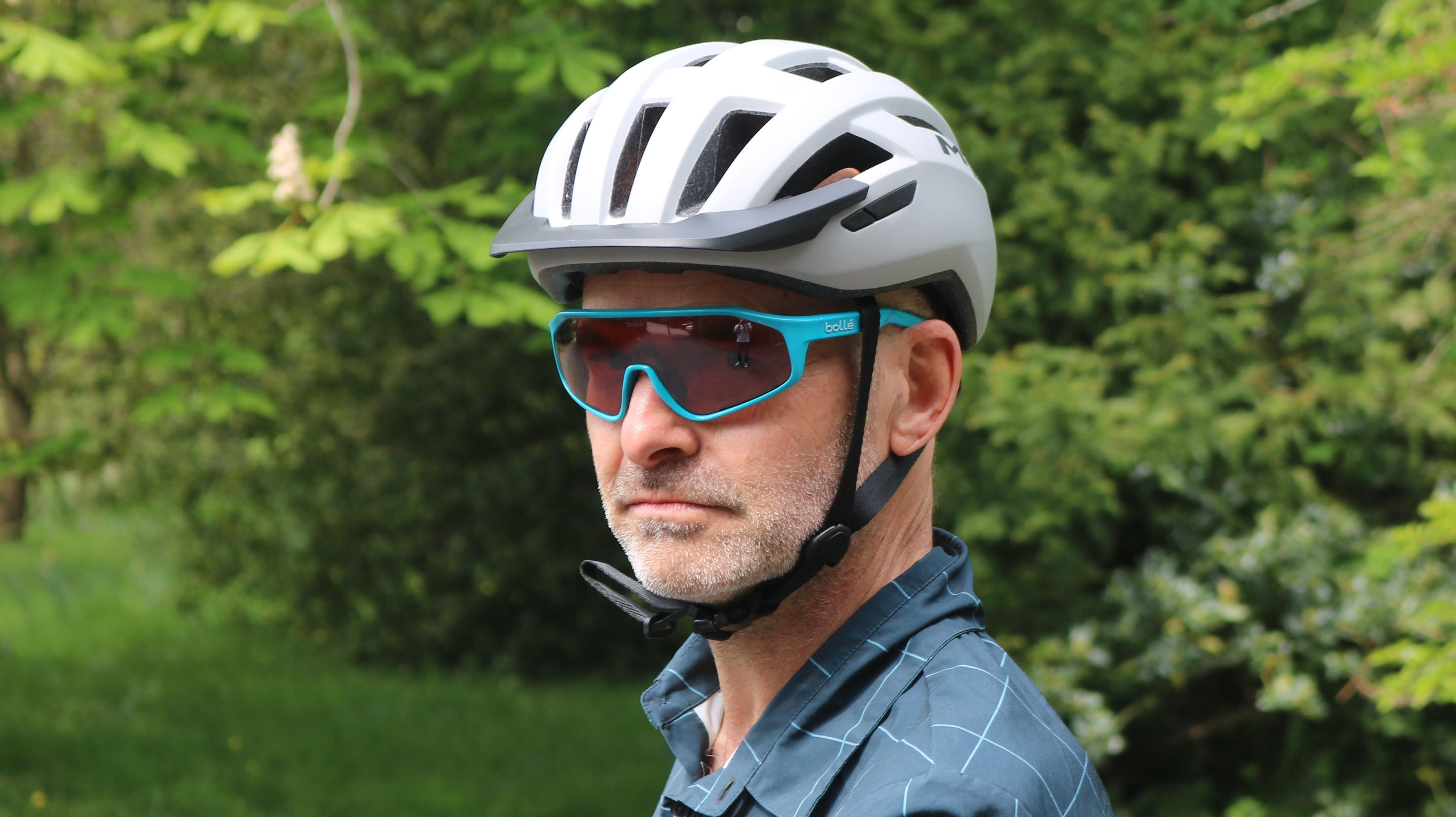
After a spell riding XC mountain bikes Paul discovered gravel, or in fact riding a cyclocross bike across the South Downs and through the Chiltern Hills as gravel bikes didn’t exist at the time. He’s since mixed gravel and road riding, reviewing bikes and gear for Cycling Weekly for five years and also more recently writing for Cyclingnews, Bike Radar, T3 and of course Bike Perfect.
